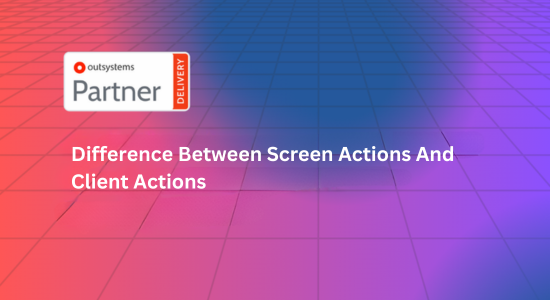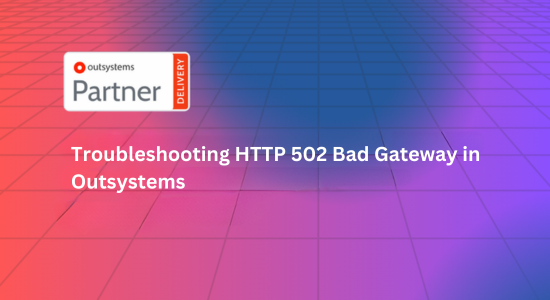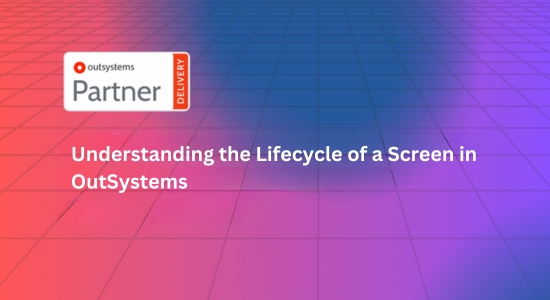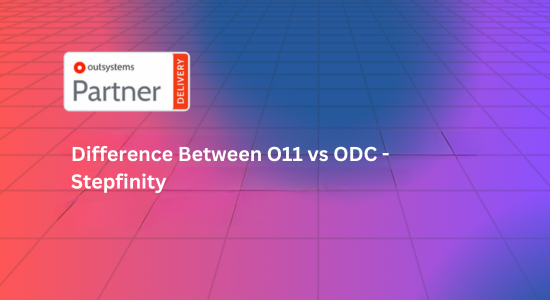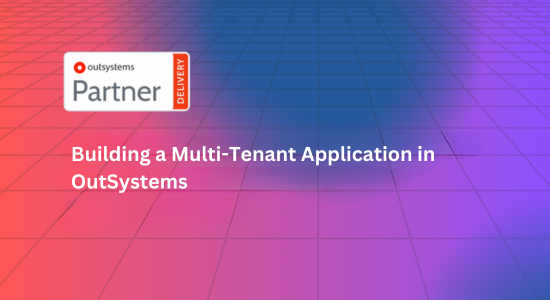In the world of software development, efficiency and speed are paramount. Businesses are constantly seeking ways to streamline their development processes and bring innovative solutions to market faster than ever before. One solution that has been gaining significant traction in recent years is OutSystems low code development platform. In this blog, we’ll take a deep dive behind the screens and explore the intricate process of OutSystems low code development workflow, uncovering the step-by-step journey of building applications with ease and efficiency.
Understanding OutSystems Low Code Development Workflow
OutSystems is a leading low code development platform that empowers developers to build, deploy, and manage applications with minimal manual coding. Its visual development environment and drag-and-drop interface enable developers to prototype, design, and implement complex applications quickly and efficiently. Let’s explore the key stages of OutSystems low code development workflow:
1. Requirements Gathering and Planning:
The first stage of the OutSystems low code development workflow involves gathering requirements and planning the application. This includes defining the scope, objectives, and features of the application, as well as identifying the target audience and user personas. During this stage, stakeholders collaborate to establish a clear vision for the project and outline the necessary functionality.
2. Visual Prototyping and Design:
Once the requirements are defined, developers use OutSystems’ visual development environment to create prototypes and design the user interface of the application. This involves dragging and dropping components, defining navigation flows, and arranging screen layouts to create a visually appealing and intuitive user experience.
3. Application Development:
With the design in place, developers move on to the application development stage. Using OutSystems’ extensive library of pre-built components and templates, developers can rapidly build the core functionality of the application without writing extensive code. This includes defining data models, implementing business logic, and integrating with external systems and APIs.
4. Testing and Quality Assurance:
Once the application is developed, it undergoes rigorous testing and quality assurance to ensure that it meets the desired standards of performance, reliability, and security. OutSystems provides built-in testing capabilities that allow developers to automate testing processes, identify and fix bugs, and ensure that the application functions as intended across different devices and platforms.
5. Deployment and Release:
Once the application passes testing and quality assurance, it is ready for deployment and release. OutSystems simplifies the deployment process by providing automated deployment pipelines that streamline the process of packaging, deploying, and managing applications in production environments. This ensures that the application is delivered to end-users quickly and efficiently.
6. Maintenance and Iteration:
After the application is released, developers continue to monitor its performance and gather feedback from users. OutSystems’ low code development workflow enables developers to iterate on the application quickly and efficiently, making updates and enhancements based on user feedback and changing requirements.
Conclusion:
In conclusion, OutSystems low code development workflow is a streamlined and efficient process that empowers developers to build robust applications with ease and efficiency. By providing a visual development environment, extensive library of pre-built components, and automated deployment pipelines, OutSystems simplifies the entire application development lifecycle, enabling businesses to bring innovative solutions to market faster than ever before. Whether you’re a seasoned developer or a newcomer to the world of app development, OutSystems low code development workflow offers a powerful and intuitive platform for building applications that meet the evolving needs of today’s digital landscape.


